What is a Soft Chronic Kidney Disease Diet?
Are you looking for information about how to manage a soft diet while with Chronic Kidney Disease (CKD)? A soft renal diet is a combination of foods that are good for your kidneys, and easy to chew.
This is helpful for people who might not have enough energy or enough teeth to chew food thoroughly. Sometimes other medical issues create problems with this as well.
When that happens, it’s difficult to get enough calories, and might even be a hazard if you have difficulty swallowing. If you are having any difficulty swallowing, be sure to let your doctor know, so you can be properly evaluated to make sure you don’t develop complications when eating.

Living with any kind of chronic condition can be difficult, especially when that condition affects your ability to eat the foods you love.
By following a specially-tailored soft chronic kidney disease diet, however, those living with this condition can ensure they're getting all the key nutrients they need while avoiding other items which could worsen their symptoms or put them at risk for further compromised kidney function.
With the right understanding and support from healthcare providers, those living with CKD can enjoy improved quality of life by eating in accordance with their dietary needs. It is possible to begin improving kidney function with diet.
Jump to:
- The Soft Diet
- Who Should Follow A Soft Renal Diet?
- Low-Sodium Foods To Include
- Low-Protein Foods To Include
- Low-Fat Foods To Include
- High-Fiber Foods To Include
- Essential Vitamins And Minerals
- Foods To Avoid
- Benefits Of The Diet
- Guidelines For Meal Planning
- FAQs for a Soft Renal Diet
- A Soft Renal Diet Might Suit You - Give It A Try!
The Soft Diet
When it comes to a soft chronic kidney disease diet, there are several types of soft foods that can be beneficial. Soft vegetables, kidney friendly fruits, and dairy products are all good options.
Additionally, those with chronic kidney disease need to make sure they're getting enough protein and essential vitamins and minerals in their diet. Lastly, there are certain foods to avoid, such as those that are high in phosphorus and potassium, to prevent further damage to the kidneys.
For More Recipes and Ideas --->> Get Your Free Meals and Recipes That Are Perfect for Pre-Dialysis Diets, Pre-Dialysis with Diabetes, or Dialysis Diets.
Types Of Soft Foods
It can be difficult to adjust to a specialized diet if you are facing chronic kidney disease. Fortunately, there are plenty of delicious foods available that fit into the soft foods category. By incorporating some creative recipes with these items, it's possible to put together meals filled with flavor and nutrition that will still meet your dietary needs.
Soft fruits like bananas, applesauce (does applesauce count as fluid intake?), and pears provide fiber and vitamins without being too hard on sensitive digestive systems.
Pureed meals such as creamy kidney friendly soups and stews or smoothies offer an excellent way to get in vegetables while providing a creamy consistency. Cooked grains like oatmeal and quinoa provide carbohydrates for energy while also supplying important minerals.
Soft cheeses like cottage cheese or ricotta cheese are great sources of protein when combined with other ingredients like cooked grains or pureed vegetables. Finally, mashed potatoes make a tasty side dish by blending boiled potatoes with butter or milk until they reach a smooth texture.
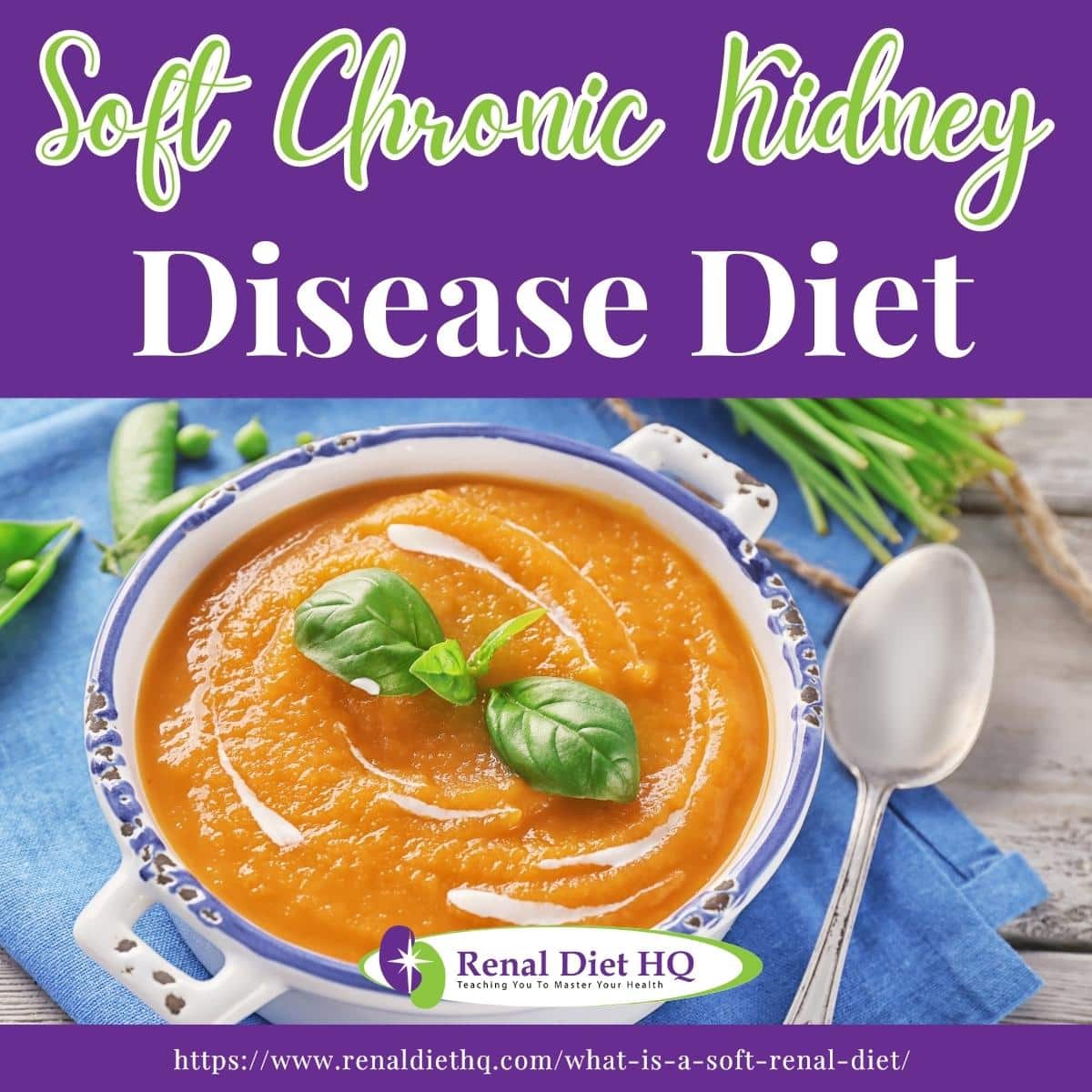
Nutritional Requirements
When it comes to chronic kidney disease and soft dieting, nutritional requirements are an important part of the equation. It's not enough to just eat soft foods - you also need to pay attention to fluid restriction, potassium levels, renal supplements, food allergies, and other factors that could affect your health.
With careful meal planning and a little bit of creativity, you can create meals that meet all these needs while still providing flavor and variety.
Of course, consulting with a healthcare professional is key when following any specialized diet; they'll be able to give tailored advice based on your individual situation.
Who Should Follow A Soft Renal Diet?
Patients with chronic kidney disease (CKD) should follow a soft renal diet to help manage their condition. Those on dialysis will likely need to follow a strict diet, along with other treatments. People with renal impairment should also consider following a soft renal diet to help manage their symptoms.
It's important to discuss diet plans with a healthcare professional, so they can tailor a diet to an individual's specific needs.
Eating a healthy diet can help slow down the progression of symptoms for CKD, so it's important for those with the condition to follow a soft renal diet.
Additionally, those with renal impairment may benefit from following a soft renal diet, as it can help reduce the risk of complications.
Patients With CKD
Patients with CKD are often faced with the challenge of managing their symptoms and reducing them as much as possible. Fortunately, following a soft renal diet can help these patients do just that!
Your pre-dialysis diet for earlier stages of kidney disease recommendations depend a lot upon which stage of chronic kidney disease you have, and what your lab values are.
Depending on the stage of your kidney disease, your doctor might recommend that you limit several things in your diet, including protein, foods high in sodium, foods high in potassium, and foods high in phosphorus.
Each person’s needs are unique. While there are guidelines you should follow for foods you should avoid on a pre-dialysis diet, your doctor and your renal dietitian will be able to provide the most individualized assessment of your needs, and recommendations for your care.
Those On Dialysis
Your renal dietitian may have recommended that you limit protein before you started dialysis. But dialysis patients who are considered to have end-stage renal disease are encouraged to have a high-protein diet to build muscle and tissue and promote health and healing.
However, dialysis patients need to limit potassium and phosphorus more strictly, since potassium build-up between treatments can be especially dangerous and phosphorus isn't removed well during dialysis.
Keep in mind that even with low potassium foods, you need to limit quantities, since your total potassium intake can build up more quickly than you realize – the only foods you can rely on to be completely potassium-free are butter, margarine, and oils – and your cholesterol levels won’t appreciate too much of those!
Patients on peritoneal dialysis (PD) may be allowed a more liberal diet regarding potassium, since this treatment is performed daily, and potassium is usually removed fairly effectively. Your doctor and renal dietician will make recommendations for you.
Another concern for dialysis patients is phosphorous, since only limited amounts are removed with treatments.
A combination of low dietary intake and use of medicines called phosphate binders is very important, since it’s difficult to remove it from the blood, both with hemodialysis and peritoneal dialysis.
High phosphorus foods typically come from animals (high-protein meats), as well as dried beans and peas. Most high potassium foods come from plant sources, like fruits and vegetables.
There are some “double jeopardy” foods that are high in both potassium and phosphorus, so you have to be especially careful with these – dairy, nuts, seeds, chocolate and whole grains.
The good news is that there are some great alternatives to the double jeopardy hazards, and many of them will fit into your soft renal diet meal plan.
Another caution about phosphorus: it’s added during processing in things like deli meats and colas, as well as in many preservatives in processed foods. Check the food label, and if you see any of these names listed, there’s phosphorous hiding somewhere:
- Phosphoric acid
- Dicalcium phosphate
- Monocalcium phosphate
- Pyrophosphates
- Hexametaphosphate
- Polyphosphates
- Sodium phosphate
Whew! Who’d want to eat something with that kind of name in it anyway?
Those With Renal Impairment
For those with renal impairment, a soft renal diet can help improve overall health and reduce the risk of kidney failure. Managing fluid intake is an important part of this diet, as it helps to avoid complications associated with excess fluid accumulation in the body.
Additionally, dietary supplements that are low in potassium should be taken regularly to further support kidney function while lifestyle changes such as reducing sodium consumption can also make a big difference.
Ultimately, following a soft renal diet gives people with kidney disease greater control over their own well-being and long-term care.
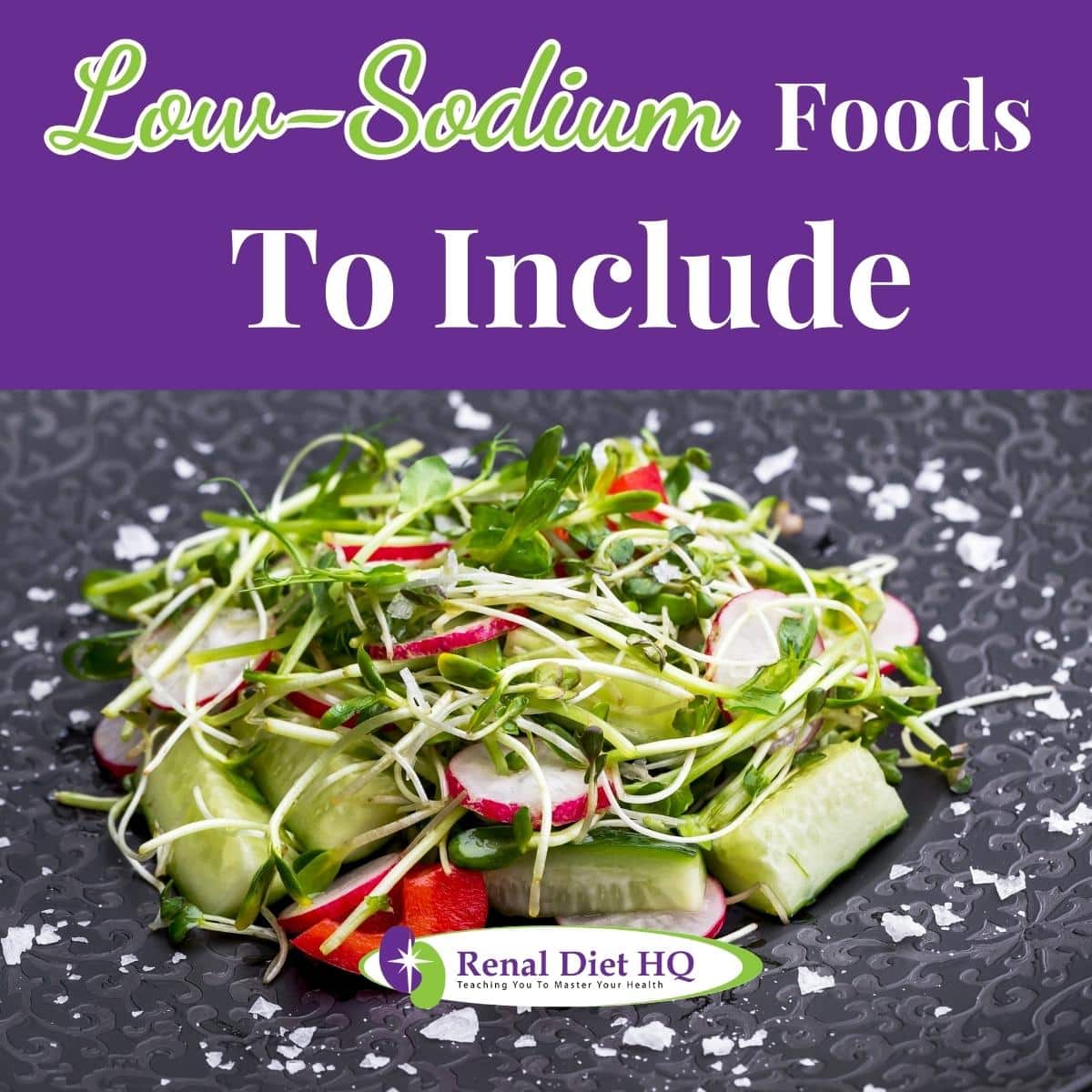
Low-Sodium Foods To Include
The soft renal diet is an important dietary strategy for those with chronic kidney disease.
It helps protect the kidneys from further damage by reducing salt intake and managing fluid levels, as well as helping to control blood pressure and other symptoms of CKD. But what does this diet look like in practice?
Living with a soft renal diet doesn't mean having to give up all your favorite foods - there are plenty of delicious options that can be enjoyed while still keeping sodium intake low.
Here's a few suggestions on how you can get started:
Reducing Salt Intake: Avoid excess sodium whenever possible and season food with flavorful salt substitutes including herbs, spices, garlic or lemon juice instead of salt.
Try to avoid processed foods such as canned foods and frozen dinners which usually contain high amounts of sodium.
Hydration Strategies: It’s important to stay hydrated throughout the day by drinking enough fluids.
But always check with your physician first before increasing your fluid intake since some people may need to restrict their fluids due to different factors related to their condition. Here are fluids to hydrate with kidney disease.
Sodium Substitutes: Sodium substitutes are often used as replacements for table salt in order to reduce sodium intake without compromising flavor. Popular substitutes include potassium chloride (which should only be consumed under medical supervision).
Potassium Management: Potassium is another mineral that needs careful management when living with CKD because too much potassium can cause complications in people who have advanced stages of CKD or impaired kidney function.
Foods rich in potassium should be eaten only if approved by a doctor, so make sure you talk about any changes you'd like to make regarding your nutrition plan at least once every three months with your healthcare team!
These tips will help ensure that individuals living with chronic kidney disease maintain the best eating habits possible without sacrificing taste or pleasure – something we all deserve no matter our circumstances!
Low-Protein Foods To Include
When it comes to building a successful soft chronic kidney disease diet, the key is regulating your dietary protein intake. While there may be limited dairy options available, complex carbohydrates such as whole grains, legumes and potatoes can also provide essential nutrients while limiting protein intake.
For animal sources of protein, consider lean meats when maintaining a low-protein diet. Herbal teas are an excellent addition to any diet; they offer antioxidant properties without adding significant amounts of protein. Canned fruits make for great snacks when you need something sweet quickly.
Plant proteins like tofu, tempeh, nuts and seeds are all good choices too – just remember to keep them at a minimum due to their higher levels of protein content. Refreshments should be limited to water or homemade juice (such as freshly squeezed orange juice) with no added sugars to keep blood sugar levels normal.
It's important to recognize that there is no one-size-fits-all approach when it comes to dietary needs associated with a soft chronic kidney disease diet.
The best thing you can do is consult your doctor or nutritionist before making changes to your daily routine so that you know exactly what your body needs and how much of each nutrient category will work best for you.
Dietary modifications should always be tailored specifically to the individual’s goals and preferences; this allows you to enjoy healthy meals while still staying on track with health goals.
Low-Fat Foods To Include
Healthy low-fat snacks are an important part of keeping up with a soft chronic kidney disease diet. Whole grain crackers or rye crisps topped with mashed avocado or hummus provide plenty of nourishment while controlling portions at the same time.
A bowl of fresh fruit like apples, oranges, watermelon, strawberries, or blueberries satisfies cravings and helps keep hydrated due to its high fluid content. Fluids to hydrate with kidney disease.
Your commitment to following through on dietary recommendations is key when it comes to managing your condition effectively – making small changes over time allow you to gradually increase nutritional value while reducing fat intake.
Keep track of what foods work best for you by noting how they affect energy levels throughout the day and adjust accordingly for maximum benefit!
High-Fiber Foods To Include
In addition to low-fat foods, following a soft chronic kidney disease diet also includes increasing dietary fiber intake.
Eating more fiber helps with improving digestion and promoting nutrient absorption for better overall health. Here are some of the top high-fiber foods you can include in your diet:
- Whole grains such as oatmeal and kidney disease, quinoa, brown rice, and whole grain bread.
- Legumes like green beans, peas, and lentils.
- Fruits and vegetables including apples, oranges, broccoli, carrots and spinach.
It is important to focus on portion control when eating these high-fiber foods so that they do not put too much strain on your kidneys or other vital organs within the body.
However, it's equally important to ensure proper water intake while consuming them because they absorb large amounts of liquid during digestion which can dehydrate you if not compensated properly by drinking enough fluids throughout the day.
Essential Vitamins And Minerals
Maintaining adequate vitamins and minerals are important for individuals with chronic kidney disease. It is important for them to be aware of their potassium levels, as too much can cause complications.
Kidney function can be improved by eating foods rich in essential nutrients like calcium and magnesium which help reduce or prevent bone loss that often occurs due to renal failure.
Furthermore, sodium and protein intake must also be monitored closely to avoid overloading the kidneys with waste products they cannot process properly.
Kidney friendly fruits and vegetables are great sources of antioxidants which may improve overall health and support healthy kidney functioning. Eating well-balanced meals will ensure not only optimal nutrition but also keep blood pressure levels under control thus preventing added strain on blood vessels which can lead to serious complications later on.
Foods To Avoid
Processed foods with CKD can be particularly harmful for those with chronic kidney disease, as they often contain high levels of sodium, cholesterol, and preservatives. High sodium foods should be limited, as they can increase blood pressure and worsen kidney function.
High-potassium foods and excess phosphorus should also be avoided. Consuming large amounts of these foods, particularly those with high sodium can increase cardiovascular disease risk and lead to heart disease (such as heart failure or heart attack).
Stay away from cured meats and canned soups. Instead, opt for fresh lean meat for your animal protein intake, and have a homemade soup on the side.
Processed Foods
When it comes to a soft chronic kidney disease diet, one of the most important foods to avoid is processed foods. These have high amounts of sodium and other unhealthy additives that can further damage your kidneys.
Additionally, these foods are often calorie-dense without providing much in terms of nutrition, so you may gain weight as a result. To avoid this risk, try using salt substitutes when cooking instead of traditional table salt and use portion sizes that fit within the dietary recommendations set by your doctor or renal dietician.
High Sodium Foods
In a soft renal diet, it's also important to consider the high sodium content of many other foods. Salt substitutes are one way to reduce your daily intake while adding flavor to food, and look for potassium sources that are lower in sodium to prevent kidney disease progression. Also learning how to season food without salt is a big part of eating on this plan.
But be sure to ask your doctor first before starting on potassium-containing salt substitutes since it’s also best to look out for your potassium levels.
Experiment with herbs and spices such as unsalted garlic powder or seasoned olive oil to add flavor to your food without adding table salt.
Also, cheese alternatives like goat cheese can often be used in place of higher sodium options without sacrificing any flavor!
Benefits Of The Diet
There are many potential benefits in following this diet. Here are some:
- Eating a soft kidney diet can reduce the risk of further loss of kidney function due to its low sodium and phosphorus content.
- It can also improve the quality of life for those suffering from difficulty swallowing, chewing problems, neurological disorders by allowing them access to more nutritious soft foods.
- It can also lead to improved overall health, as the diet encourages people to eat healthier, more balanced meals.
- This diet is beneficial because it helps to control blood pressure, reducing overall cardiovascular disease risk.
- It also helps to promote weight loss, resulting in a healthier lifestyle overall.
- Last but not least, following a soft chronic kidney disease diet can increase energy levels and improve mood, leading to a better overall wellbeing.
There are many benefits of benefits of a renal diet.
Reduced Risk Of Kidney Damage
If you're looking for a way to reduce your risk of kidney damage, then look no further than the soft chronic kidney disease diet! This specialized diet could help individuals manage their condition and keep their kidneys healthy.
Along with monitoring your kidney function, following hydration strategies, managing medications (commonly prescribed medications for CKD) , controlling blood glucose levels, and reducing stress levels, this diet can help prevent or slow down further deterioration of the kidneys. With careful management it is possible to maintain normal functioning using this diet.
Improved Quality Of Life
Living with chronic kidney disease can be challenging, but the soft diet has been proven to help improve quality of life especially for those with issues like difficulty swallowing, missing teeth, or neuromuscular disorders that affect chewing.
By changing your eating habits and monitoring your fluid intake, you'll find that lifestyle changes are easier to make. These fluids to hydrate with kidney disease will also make your life a lot easier.
This diet will also give you access to nutrition education and dietary supplements which can further enhance your well-being. Not only is this a great way to keep your kidneys functioning properly, it's also an opportunity for you to take control of your health and live a healthier, fuller life overall.
Improved Overall Health
Following the soft diet can offer you a range of health benefits beyond just maintaining kidney function. Not only will it help to keep your kidneys functioning properly, but with the right attitude and commitment you're sure to see other improvements in your overall health too!
Having better quality of life after starting a soft renal diet can be helpful in reducing stress levels, along with good physical activity level that helps with weight management and hydration habits. Make sure you check out these exercise mistakes to avoid with ckd.
Plus, these lifestyle changes can give you access to nutrition education which can further enhance well-being. So if you’re looking to take control of your health and live a healthier life overall, this diet could be just what you need!
Guidelines For Meal Planning
The diet for those with soft chronic kidney disease is an important part of managing the condition. Eating a nutritious, balanced diet can help you to feel better and stay healthier in the long run.
It's essential to develop healthy eating habits and practice portion control for CKD patients while avoiding processed foods as much as possible.
When it comes to hydration needs, your doctor or nephrologist (kidney doctor) may recommend that you adjust your fluid intake depending on how well your kidneys are functioning.
Generally speaking, people who have mild-to-moderate CKD should aim to drink 8 cups of fluids per day unless otherwise advised by their healthcare provider. Additional modifications may be needed if blood tests show high levels of potassium or phosphorus due to kidney dysfunction.
Choosing nutrient-rich foods such as vegetables, fruits, legumes, lean proteins and whole grains will provide essential nutrients like vitamins and minerals which can improve overall health outcomes over time.
Strive for variety when planning meals so that all necessary macronutrients are accounted for within the daily meal plan. Cooking methods and techniques also matter since some foods may require longer time to cook to be soft enough.
With thoughtful consideration given to these dietary guidelines, individuals living on a soft chronic kidney disease diet can find success in maintaining proper nutrition for optimal wellbeing.
FAQs for a Soft Renal Diet
A soft diet is typically a diet made up of kidney-friendly foods that are easy to chew to get the nutrition you need. If you’re having trouble chewing food, or don’t have the energy to finish meals, a soft renal diet may be just what you need.
Compared to a standard renal diet, food items in a soft renal diet must be soft and easy to chew. Here are some examples and guidelines in following a soft diet:
1. Milk products are typically restricted in diets for both pre-dialysis and dialysis patients, but we’ll just mention that if you’re having them, stick to smooth and soft textures.
2. Safe meat and protein principles mean that meat should be ground; fish should be baked, poached or broiled, and anything that’s thick or in large chunks should be avoided. Can you eat a hamburger on a renal diet?
3. Vegetables should be cooked soft, minced or diced to less than ¼ inch cubed.
4. If you’re allowed kidney friendly fruits, choose things like applesauce and soft fruits without skin. If thin liquids are a problem, don’t use canned fruit unless the liquid is drained.
5. Breads, cereals, and starches should be soft or creamy. No brown or wild rice or cold cereals with dry fruit or nuts.
6. Desserts! As long as they’re soft, and don’t have anything hard, dried, or chewy in them.
Following a soft renal diet for the long term can have many beneficial effects on your health, such as better nutrition, blood pressure control, and regulation of blood sugar levels.
It is important to monitor your progress and make adjustments as needed, such as changing protein sources or hydration needs. These are fluids to hydrate with kidney disease.
Making lifestyle modifications like this can help reduce symptoms of chronic kidney disease, improve overall functioning and quality of life, and provide essential nutrients you need to stay healthy.
Following a soft renal diet doesn’t mean you have to compromise on taste or variety. There are plenty of soft renal diet recipes available online that can be tailored to your own taste preferences and meal planning needs.
Eating healthily doesn’t need to be boring, so explore the web for recipes and experiment with different foods and flavors within the guidelines of a soft renal diet to make sure that you get all the vitamins and minerals you need while still enjoying what you eat!
Monitoring sodium intake is a key part of any soft renal diet. Consuming too much sodium can lead to health complications, so it's important to understand your upper limit for daily consumption.
Generally, daily sodium intake should not be more than 2000 milligrams per day. When looking for healthy salt sources, consider substituting table salt with other low-sodium alternatives such as sea salt or Himalayan pink salt.
Additionally, when selecting foods from grocery stores and restaurants, opt for those that are labeled "low-sodium" or have minimal amounts of added salts. As an extra precautionary step, remember to check nutrition labels before making a purchase!
When it comes to a soft renal diet, there are certain foods that can be enjoyed that may not be allowed on a normal renal diet.
Cooking tips for low sodium alternatives and reducing fluid intake should still apply, but other foods and food preparation methods may differ.
For example, some dairy products like cheese or yogurt might not typically be recommended on a regular renal diet due to their high potassium content.
However, these items could potentially provide valuable nutrients when moderated as part of the soft version of this type of eating plan. Still, it’s best to seek guidance from a renal dietitian before adding these items into your regular food plan.
A Soft Renal Diet Might Suit You - Give It A Try!
It is clear that a soft renal diet can be beneficial for those with chronic kidney disease who have special needs due to physical or functional impairment. However, it's important to remember that this type of diet isn't suitable for everyone.
It's worth doing some research into the potential effects and seeking help from your healthcare provider before you decide if this type of diet could work for you.
Ultimately, only you know what kind of dietary changes are right for your health needs and lifestyle. Consider giving a soft renal diet a try – but make sure to consult with your doctor first!


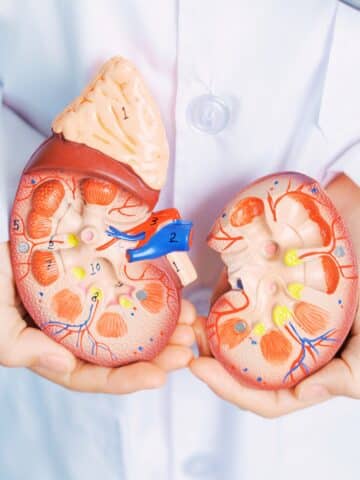
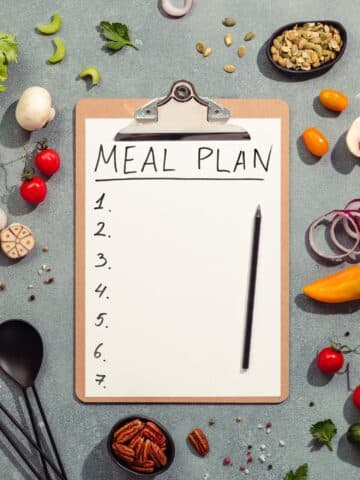
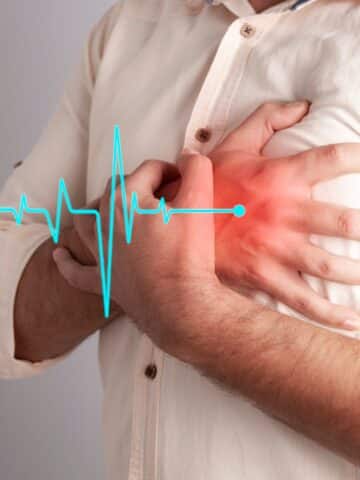
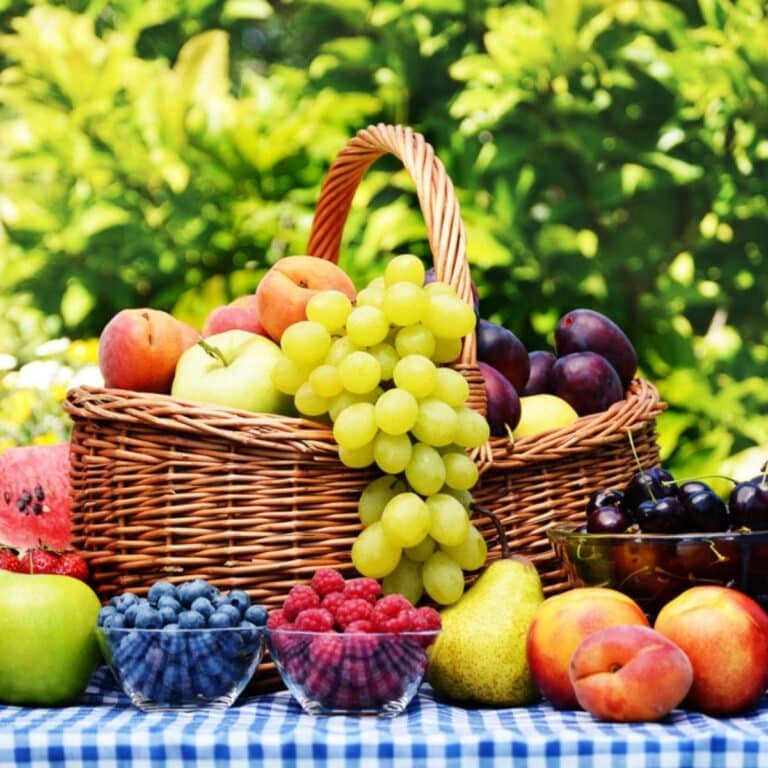
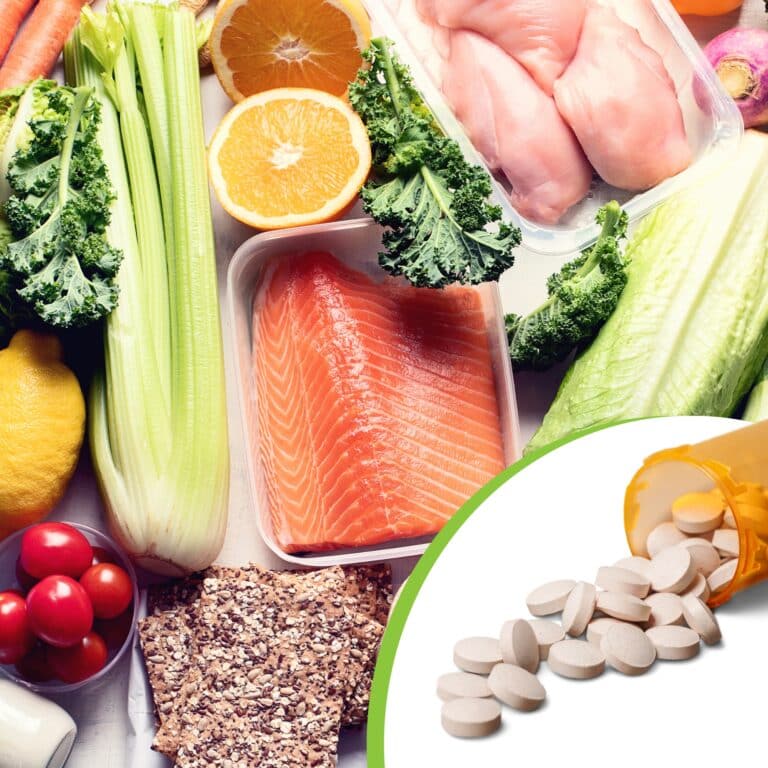
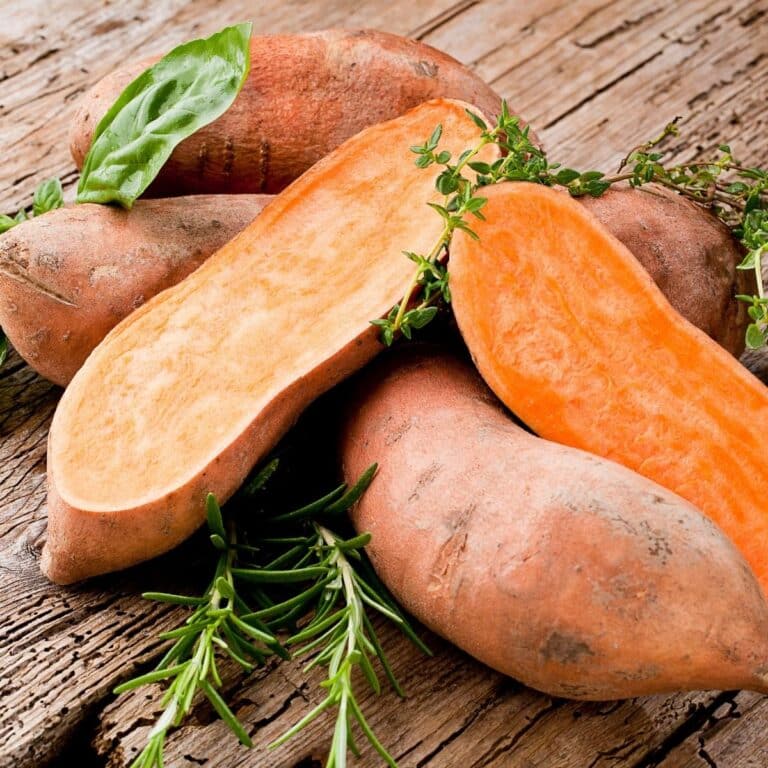

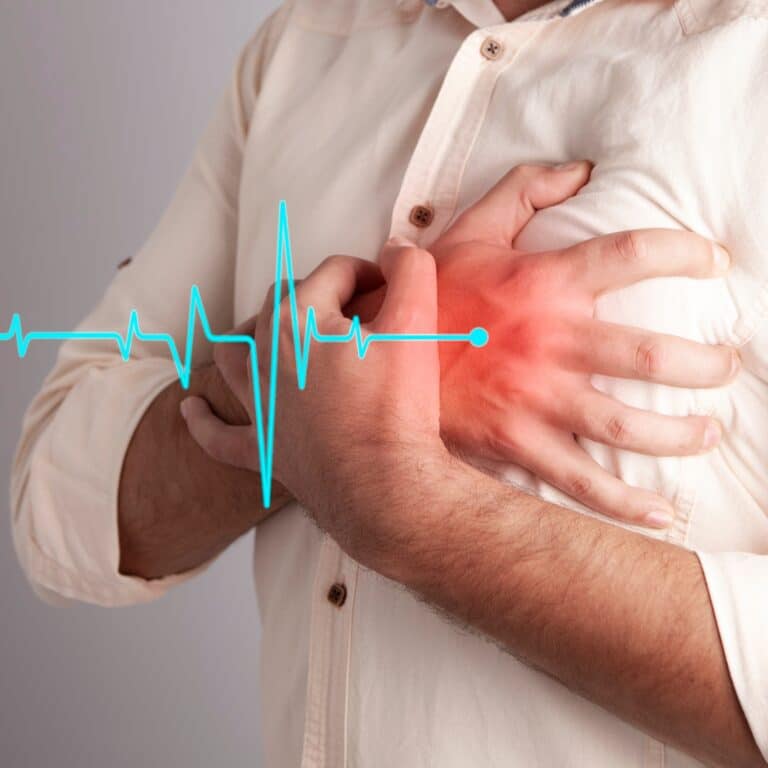




Hi! What does it mean when "fish with little connective tissue". This is for a patient with esrd on soft diet
Fish in general has little connective tissue so you need to be careful when cooking it.